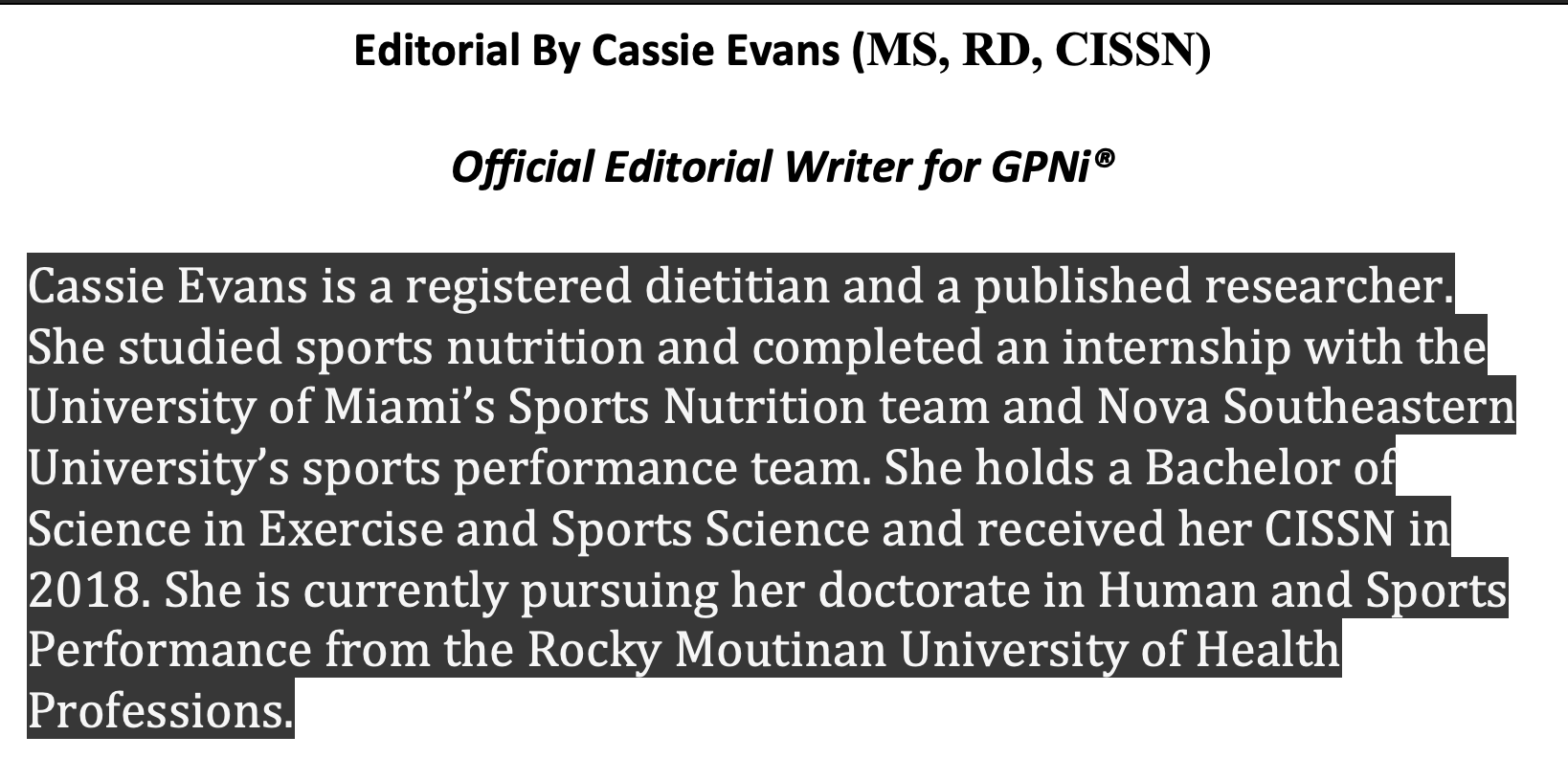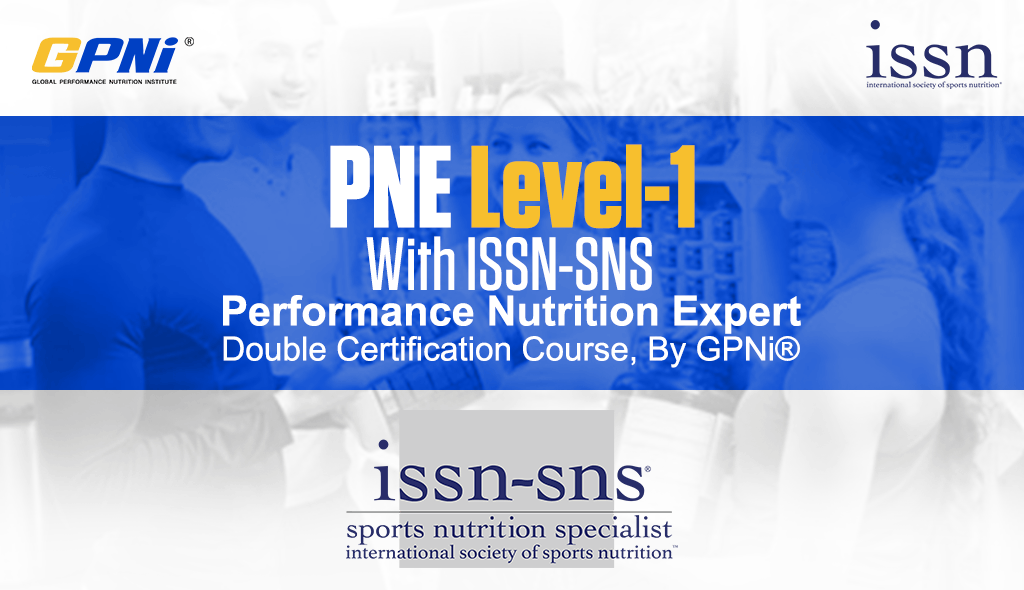Editorial By Cassie Evans

Creating nutritional recommendations and meal guides for athletes is an essential component of sports nutrition. We know there are a plethora of different diets, nutrient timing strategies and supplements that can help your client or athlete reach their goal. But how do you know where to start? The first step to working with any individual to perform an initial assessment. These can vary from a very brief set of questions to an in-depth look at their lifestyle, sleep schedule and performance goals. Regardless of the type of assessment, it is crucial to analyze their current diet. This practice is a great way to gather information such as what, when and how much they are eating each day. Let’s take a closer look at three common ways to analyze your athlete or client’s food habits.
First up is the 24-hour recall. As the name implies, this is a simple assessment that looks at what a person has consumed in the past 24 hours. The advantages of this assessment is its simple, easy to administer and requires very little effort on the client’s part. However, there are many reasons why this may provide an inaccurate description of what the client is actually eating. It relies heavily on memory which can be an issue for some. (I can barely remember what I ate in the middle of the night let alone yesterday!) Occasionally clients will tell you what they think you want to hear and of course the accuracy of portion sizes may be low. Overcome these errors letting the client know this information will help you help them, use visuals such as your hands to estimate portion sizes and always ask about things they might not think to mention (snacks, condiments and drinks).

Next up is the food frequency questionnaire. This is a tool that gets used in research and community settings. This tool is comprised of various categories or food lists with a scale to assess the frequency of foods consumed in a given period of time. It can be as simple as handing the client a form to fill out and provides information about their dietary intake over a period of time rather than a 24 hour period. It can be beneficial if you are working with a team or need to gather dietary information on multiple clients without the time to perform a 24-hr recall with each one. A huge downfall to this method is the inability to gather detailed information about intake. There is not a section to ask how much of a food and doesn’t account for foods consumed that are not on the form. Make the questionnaire to detailed and long, your client might not complete it.
Food journal or food logs are written or digital records of a clients intake. Phone apps such as MyFitnessPal have made it much easier to log intake. This method provides a detailed account of what and when foods are being consumed. Some apps even allow the client to use their phone to scan the barcode of a food making logging as simple as snapping a picture. While using a phone app may seem easy, some clients will find logging every meal annoying and more of a chore. There may be errors in portion sizes or the app data base could not have the food they’re eating.
As a dietitian, I like to use 24 hour recalls during initial assessments. I ask questions such as “Walk me through your day yesterday, what time did you wake up? What time was your first meal?”. I always ask clients “is this a normal day of eating for you?” or I will ask them to describe a weekday and 1 day from the weekend. Food journals are a great tool to track intake as well. Be sure to check out part 2 of this topic to learn more about the different ways of tracking and if tracking is right for you or your client.
Editorial By Cassie Evans (MS, RD, CISSN)









